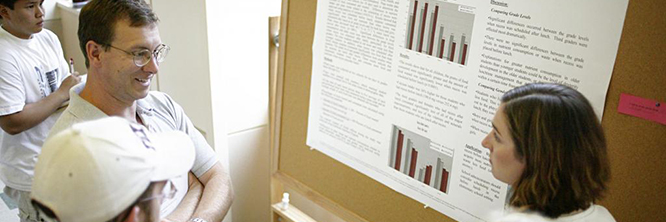Why Smartphones are so Difficult to Repair and What we Can do About it?
Document Type
Oral Presentation
Event Website
https://source2022.sched.com/
Start Date
18-5-2022
End Date
18-5-2022
Keywords
sustainability, technology, right-to-repair
Abstract
This session will outline what manufacturing practices are most significantly attributing to short product life spans for smartphones, the damage these devices have on the environment, and how right-to-repair combats these issues. Research began with literature reviews showing smartphones' highly damaging impact on the environment throughout their life cycles. The focus then shifted to methods of increasing these lifespans using repairability as the catalyst for this change. Later, an interview with a repair shop owner, right-to-repair activist, and industry professional helped identify the primary unsustainable practices targeted by right-to-repair legislation. These targeted practices include software locks on components such as camera modules and manufacturers' policies to withhold schematics and repair parts to consumers or repair businesses. Even with the negative public relations backlash that companies, such as Apple, receive for unsustainable manufacturing practices, the practices persist. Because social pressure has not been enough to facilitate change, right-to-repair legislation is a powerful tool to implement meaningful progress concerning ownership rights and reducing harmful practices for the environment.
Recommended Citation
Lomax, Kevin, "Why Smartphones are so Difficult to Repair and What we Can do About it?" (2022). Symposium Of University Research and Creative Expression (SOURCE). 40.
https://digitalcommons.cwu.edu/source/2022/CEPS/40
Department/Program
Information Technology and Administrative Management
Additional Mentoring Department
Information Technology and Administrative Management
Why Smartphones are so Difficult to Repair and What we Can do About it?
This session will outline what manufacturing practices are most significantly attributing to short product life spans for smartphones, the damage these devices have on the environment, and how right-to-repair combats these issues. Research began with literature reviews showing smartphones' highly damaging impact on the environment throughout their life cycles. The focus then shifted to methods of increasing these lifespans using repairability as the catalyst for this change. Later, an interview with a repair shop owner, right-to-repair activist, and industry professional helped identify the primary unsustainable practices targeted by right-to-repair legislation. These targeted practices include software locks on components such as camera modules and manufacturers' policies to withhold schematics and repair parts to consumers or repair businesses. Even with the negative public relations backlash that companies, such as Apple, receive for unsustainable manufacturing practices, the practices persist. Because social pressure has not been enough to facilitate change, right-to-repair legislation is a powerful tool to implement meaningful progress concerning ownership rights and reducing harmful practices for the environment.
https://digitalcommons.cwu.edu/source/2022/CEPS/40

Faculty Mentor(s)
Susan Rivera